
You’ve meticulously laid out your favorite plants and grasses, but still something seems to be missing…
If you’re like the average homeowner, you may not be aware of the term hardscaping. Hardscaping is in fact the second half of the equation for making a beautiful backyard. It’s a subcategory of landscaping that refers to “hard things” in landscaping.
This includes:
- walls
- fences
- stone pathways and stone benches
- arbors
- sprinkler systems
- swimming pools
- fountains
- decks and patios
- stone and brick walkways
- driveways
- and so much more…

As you can see, a thorough landscaping job is much more than just lawn care and flowers…
A well thought out hardscaping plan and landscaping plan are both critical for the success of your backyard makeover.
Hardscapes Ideas to Get You Started
Before you begin, the first question that must be answered is: should you start first with hardscaping or landscaping? The answer is hardscaping because it’s easier to work with. Lay the foundations of hardscaping elements first to avoid damaging the softscaping (grass, flowers etc) elements.
Now that you’ve started thinking about backyard hardscapes ideas in general, you should keep in mind the usefulness of curves in hardscaping. Curved hardscapes (walls and walkways) work well to soften a landscape with linear lines (linear lines are used in most housing constructions).
Also, a curved path will allow you or your visitors to wander through your landscape, allowing anyone to enjoy the scenery.
Timeless Backyard Hardscapes
A good place to start building a curved path is right from your back door. Make it lead to an area with water. This will be a nice area to relax and unwind. Make the stone pathway interesting. Surround it with flowers or bamboo stalks. Add solar lights to light up the path at night.
You can make some very creative backyard hardscapes by utilizing the concept of hardscape levels. What this means is adding different level hardscapes to your backyard to create more visual appeal.
For example, a stone walkway is one level. A stone wall is another level. Once you have these different hardscape levels, you can let your creativity run wild. You could cover a wall with flowers and add planters to the top of the wall, and you can do the same to your stone walkway if you want.
One more bonus tip: try using citronella torches to keep the bugs away!
As you now see, the possibilities with backyard hardscapes and landscaping are endless; the only limit being your imagination (and budget).
Did we inspire you to make changes in your backyard? If so, share this article and let your friends and family know about the joy of hardscaping. You can also call your local landscape company to find out more!

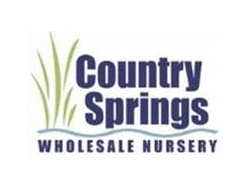
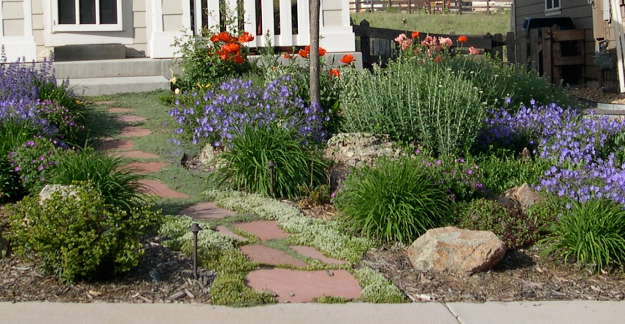
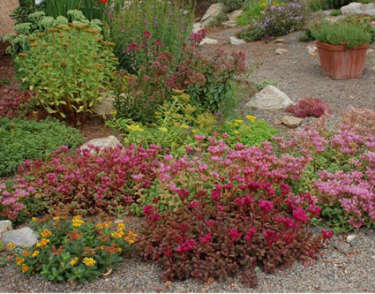
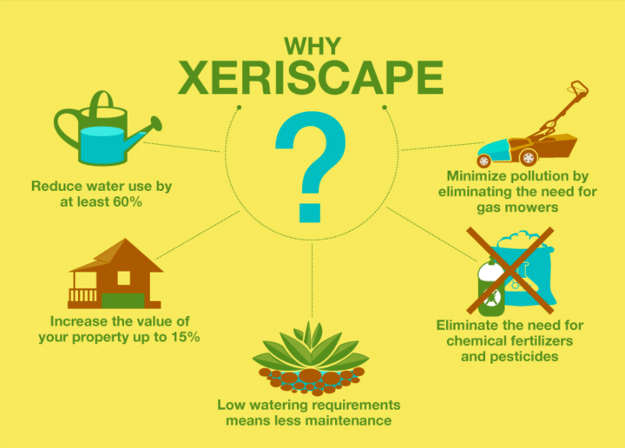

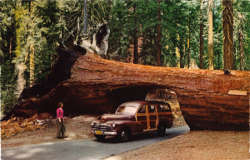 Since their discovery during the Gold Rush in the middle of the 19th century, big tree finds have spread throughout the world, particularly in the US and Europe, but also in Australia, New Zealand, Asia, Africa and South America.
Since their discovery during the Gold Rush in the middle of the 19th century, big tree finds have spread throughout the world, particularly in the US and Europe, but also in Australia, New Zealand, Asia, Africa and South America.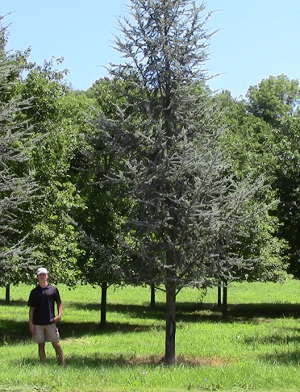 the fastest method for big tree landscaping. A big tree nursery raises strong and healthy large trees for transplanting.
the fastest method for big tree landscaping. A big tree nursery raises strong and healthy large trees for transplanting.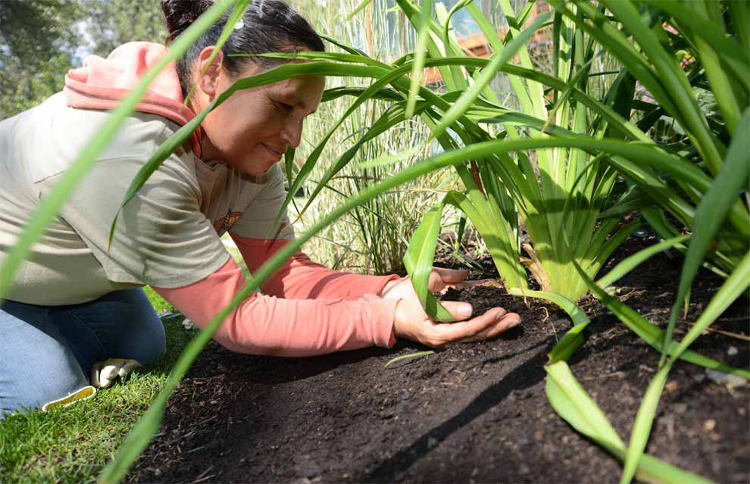
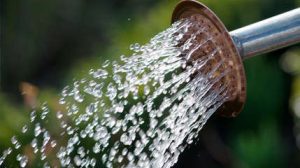
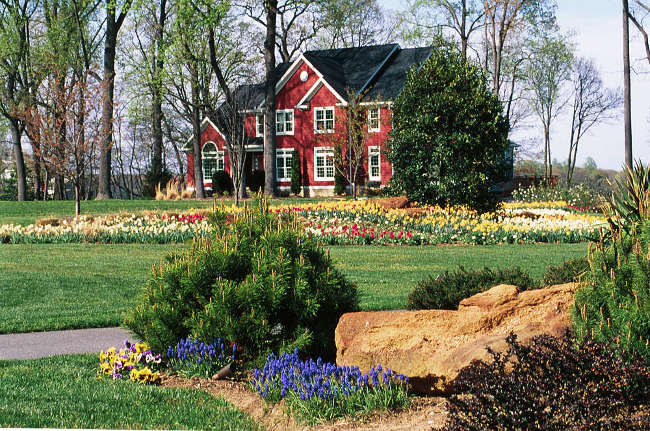 Increase Your Landscape Property Value Without Breaking a Sweat
Increase Your Landscape Property Value Without Breaking a Sweat